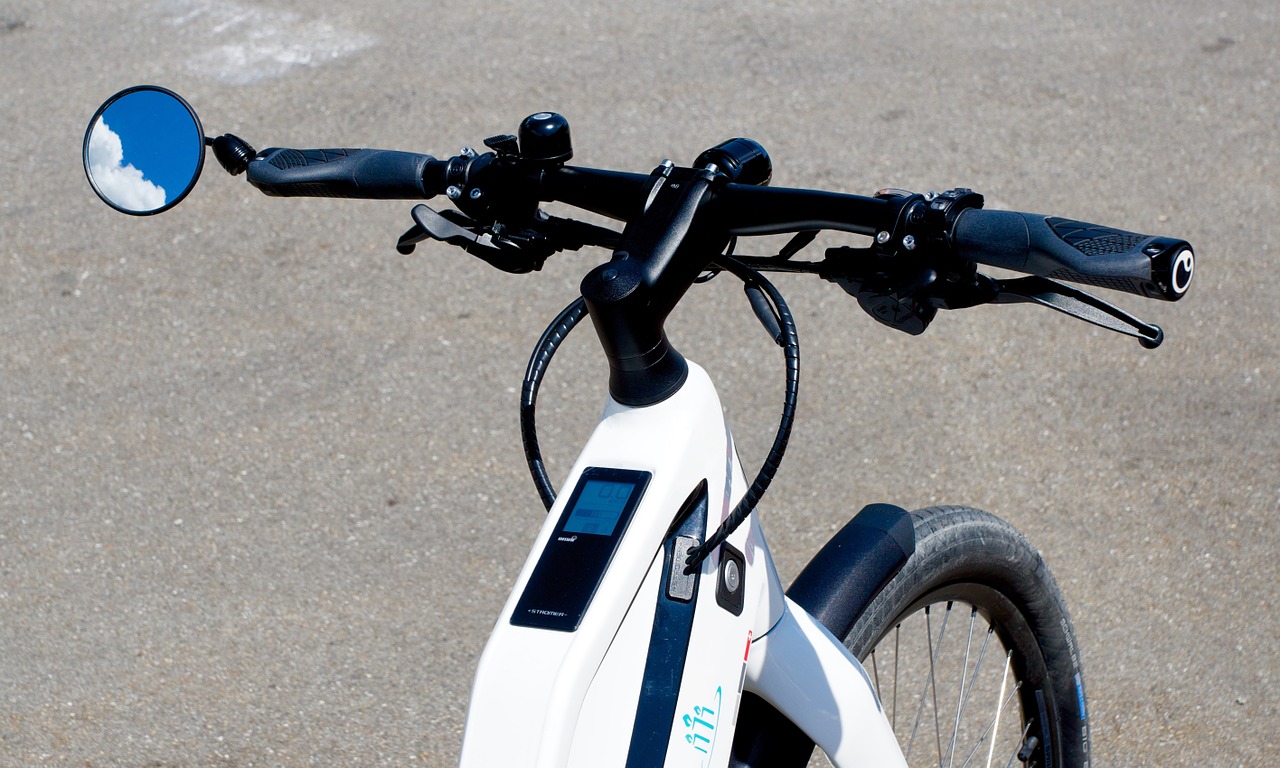By Josh Cohen.
California wants to get 1.5 million zero-emission vehicles on the road by 2025 and the state Environmental Protection Agency is using cap-and-trade revenue to help them get there. Last year, the EPA’s Air Resources Board launched a $2.5 million “Car Share and Mobility Options” pilot project to help disadvantaged California communities access zero-emissions car sharing.
The first round of funding went to projects in Los Angeles and Sacramento. L.A. is using the money for car-share in low-income communities — purchasing vehicles, conducting outreach and education, and subsidizing the program once it’s up and running.
In Sacramento, the city housing authority and a nonprofit housing provider, Mutual Housing, are using the funds to launch a subsidized car-share program in low-income housing communities.
“The use of the vehicles is going to be free to residents in those communities. Seeing as how there are lots of low-income communities in the Sacramento area, I can see an easy path to replicating and scaling this model,” says Tim Hartigan, an ARB air pollution specialist and pilot project lead.
Last week, ARB announced the second year of funding for the project, expanding it to $8 million and giving cities and nonprofits the option to apply to fund bike-sharing projects.
“We had such a good response to the first solicitation, we decided to increase the funding available to see what projects we could get throughout California,” says Sam Gregor, an ARB planning and development manager. “I think we’ve learned a lot in the last few years of what folks need in different communities. We’re trying to encourage not just car-sharing, but other zero emission transportation options as well.”
[divider] [/divider]





